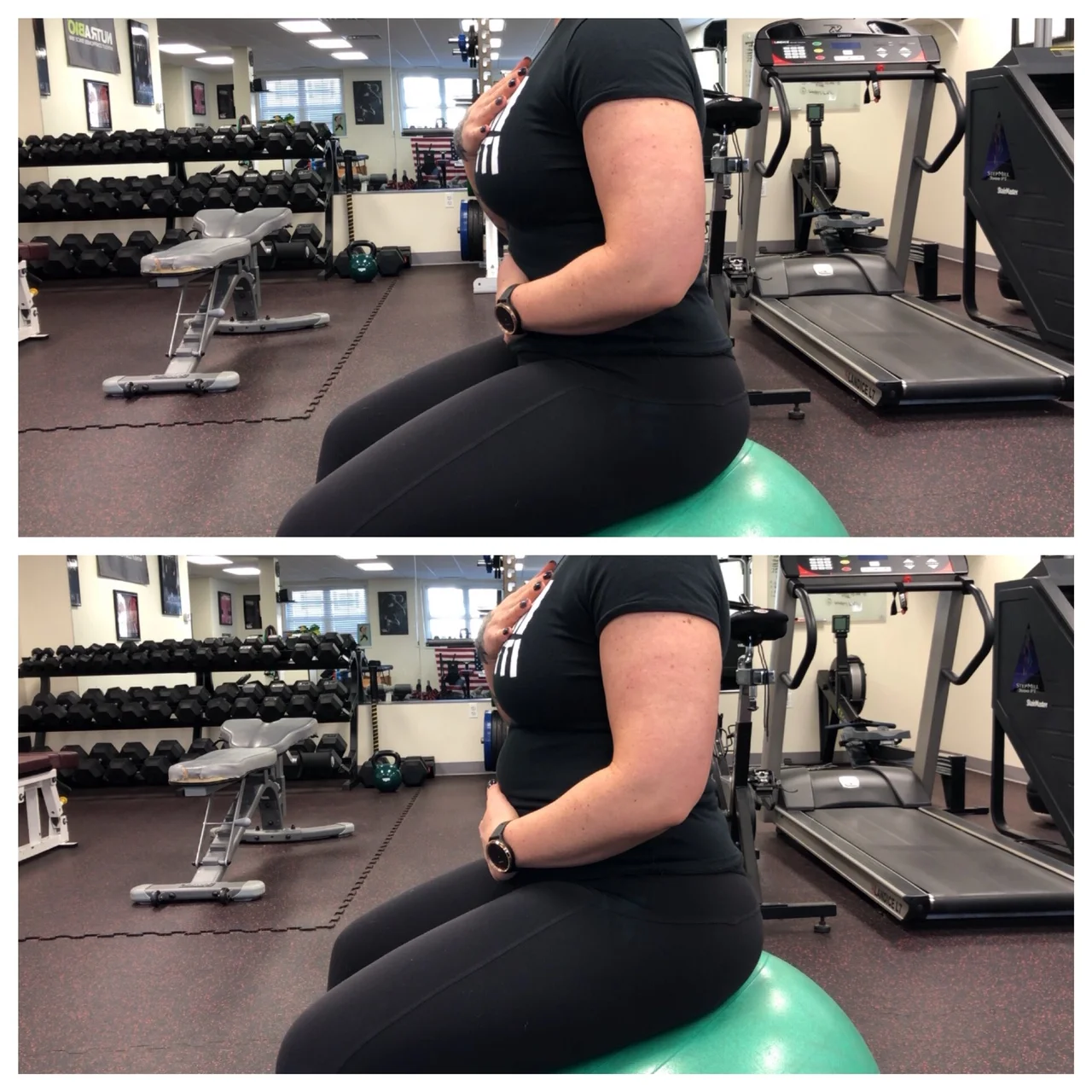In a perfect world, we wouldn’t even have to discuss diaphragmatic breathing because it is a process that should occur naturally. However, as we spend large amounts of time stressed and inactive, the muscles in our core and diaphragm weaken and our breath becomes more and more shallow.
So here we are, suggesting doing reps and sets of “breathing” on the gym floor, however many other forms of health and wellness have been focusing on breath techniques for thousands of years—think yoga and meditation, where the practice is built around your breath. The truth is, the importance of diaphragmatic breathing or “belly breathing” is sorely underutilized and underrated. Fitness is the perfect arena to practice getting back into proper breathing techniques, because after all, it is focusing on strengthening one of the most important muscles in the body—the diaphragm (DPH). Let’s take a deeper look at what exactly is diaphragmatic breathing.
The DPH is a parachute-shaped muscle that resides at the top of your abdominal cavity. Above your DPH are your lungs and heart and below is your abdomen. In terms of your “core,” your diaphragm serves as one of the four muscles that make up the inner unit. The other three muscles include: the transverse abdominis, multifundis, and pelvis floor. Check out the picture below to see how your diaphragm is basically the “lid”, or top of the box, formed by the other three muscles. For optimal health, the goal is to have all four walls strong and functioning.
The role of your DPH is primarily respiration, but it also gets utilized for other functions like coughing, sneezing, vomiting, and while using the bathroom. When we inhale, the diaphragm contracts and moves downward, increasing the volume of the thoracic cavity (the space containing the heart and lungs) and reduces the pressure in this cavity. The downward movement creates a vacuum effect, which forces the lungs to expand to fill the void. This allows us to draw in air.
You may be wondering, if we aren’t breathing into our belly, then where are we breathing. The answer is our chest. Take a minute to notice your own breath. Which area of the body rises and falls the most with your breath? Chances are that it is most likely your chest. By taking full breaths, it also allows our lungs to fill deeper and our body to oxygenate our blood quicker. This helps us recover. Belly breathing should be a natural occurrence as it is one we are born with— think of a baby’s belly pumping as it breaths. However, as we get older, we find our breath failing to reach our belly and stopping at our chest.
Chest breathing occurs in response to a stress response a.k.a. fight-or-flight response. When we find ourselves is a stressful situation, our body goes into survival mode, which means it temporarily shuts off inefficient mechanisms. For example, if we were need to escape from a saber tooth tiger, it would be more efficient to take short, quick chest breaths. However, once we are safe and come out of fight-or-flight mode, our body should resume the more beneficial belly breathing. Luckily, we no longer face having to escape the grips of a wild animal, but we do live in a world with constant low level emotional/physical stress.
Notice how the air is able to expand the belly while not expanding the chest.
The more we practice diaphragmatic breathing, the more it becomes second nature during the day, and the more we can call on it during moments where we are looking for enhanced relaxation or core support. Although it may be hard to comprehend that simple breathing could work to condition your core, strengthen your pelvic floor, and massage your organs… consider that we breathe about 20,000 times each day.
During a heavy lift, whether it be a deadlift or moving your couch, breathing air into your belly helps brace your core. The intra-abdominal pressure protects your spine in a similar way a weightlifting belt would.
Belly breathing which moves the DPH up and down massages the organs to help promote blood flow, lymph flow, and nutrient delivery.
It allows for a deeper breath pulling air into the lower chambers of the lungs and allows for a better exchange of oxygenated blood. Chest breathing can leave this area untapped.
Belly breathing tells the body that we are no longer in a fight-or-flight situation and allows us to initiate the parasympathetic nervous system which helps us relax, rest, and repair.
For moms-to-be… the DPH’s ability to pull the air slowly and deeply into the body is crucial for maintaining a focused, relaxed, and controlled labor, which may someday come in handy!
How To/Set-Up
There are many different positions you can be in to execute your belly breathing because the goal is to be able to do it in any position. But let’s start with the easier ones, lying on your back with your knees bent or sitting up straight in a chair.
Place one hand on your stomach and place the other hand on your chest.
Breathe in slowly through your nose with the goal of the hand on your stomach moving, while the one on your chest remains still.
Breathe out slowly through pursed lips. Keep practicing this technique until you’re able to breathe in and out without your chest moving.
Start with one minute of timed breathing this way and increase as you get more comfortable.
In a world where we often feel like we need to suck in our gut, reconnect with your breath and be more deliberate with where it is going. Let that belly hang out!



